2022 Vol. 37, No. 4
2022, 37(4): 625-640.
doi: 10.1016/S1872-5805(22)60618-8
Abstract:
2022, 37(4): 641-657.
doi: 10.1016/S1872-5805(22)60623-1
Abstract:
2022, 37(4): 658-674.
doi: 10.1016/S1872-5805(22)60620-6
Abstract:
2022, 37(4): 675-694.
doi: 10.1016/S1872-5805(22)60622-X
Abstract:
2022, 37(4): 695-706.
doi: 10.1016/S1872-5805(22)60624-3
Abstract:
2022, 37(4): 707-715.
doi: 10.1016/S1872-5805(22)60595-X
Abstract:
2022, 37(4): 716-723.
doi: 10.1016/S1872-5805(22)60598-5
Abstract:
2022, 37(4): 724-733.
doi: 10.1016/S1872-5805(21)60085-9
Abstract:
2022, 37(4): 734-742.
doi: 10.1016/S1872-5805(21)60061-6
Abstract:
2022, 37(4): 743-751.
doi: 10.1016/S1872-5805(21)60058-6
Abstract:
2022, 37(4): 752-763.
doi: 10.1016/S1872-5805(21)60046-X
Abstract:
2022, 37(4): 764-772.
doi: 10.1016/S1872-5805(21)60087-2
Abstract:
2022, 37(4): 773-780.
doi: 10.1016/S1872-5805(21)60052-5
Abstract:


 Abstract
Abstract HTML
HTML PDF
PDF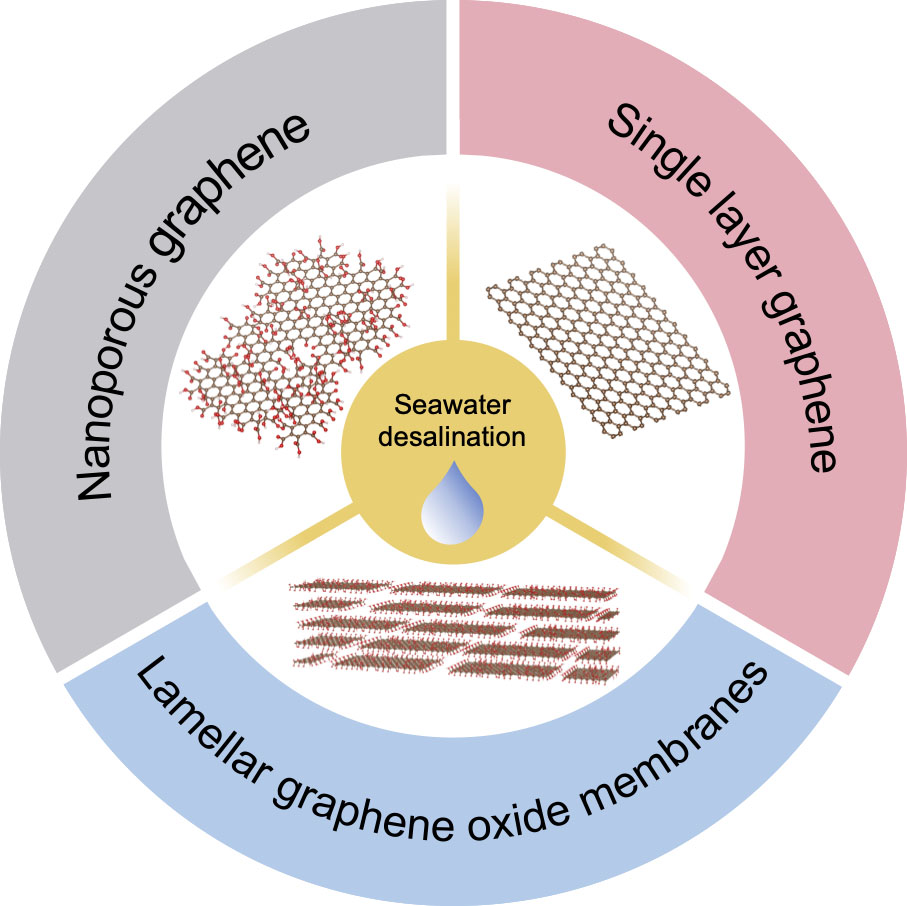
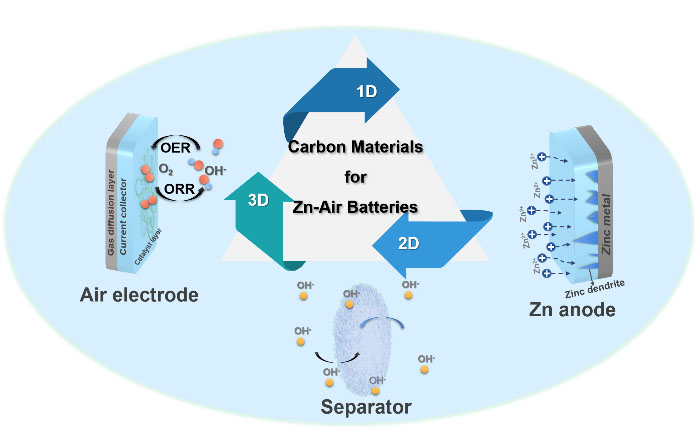

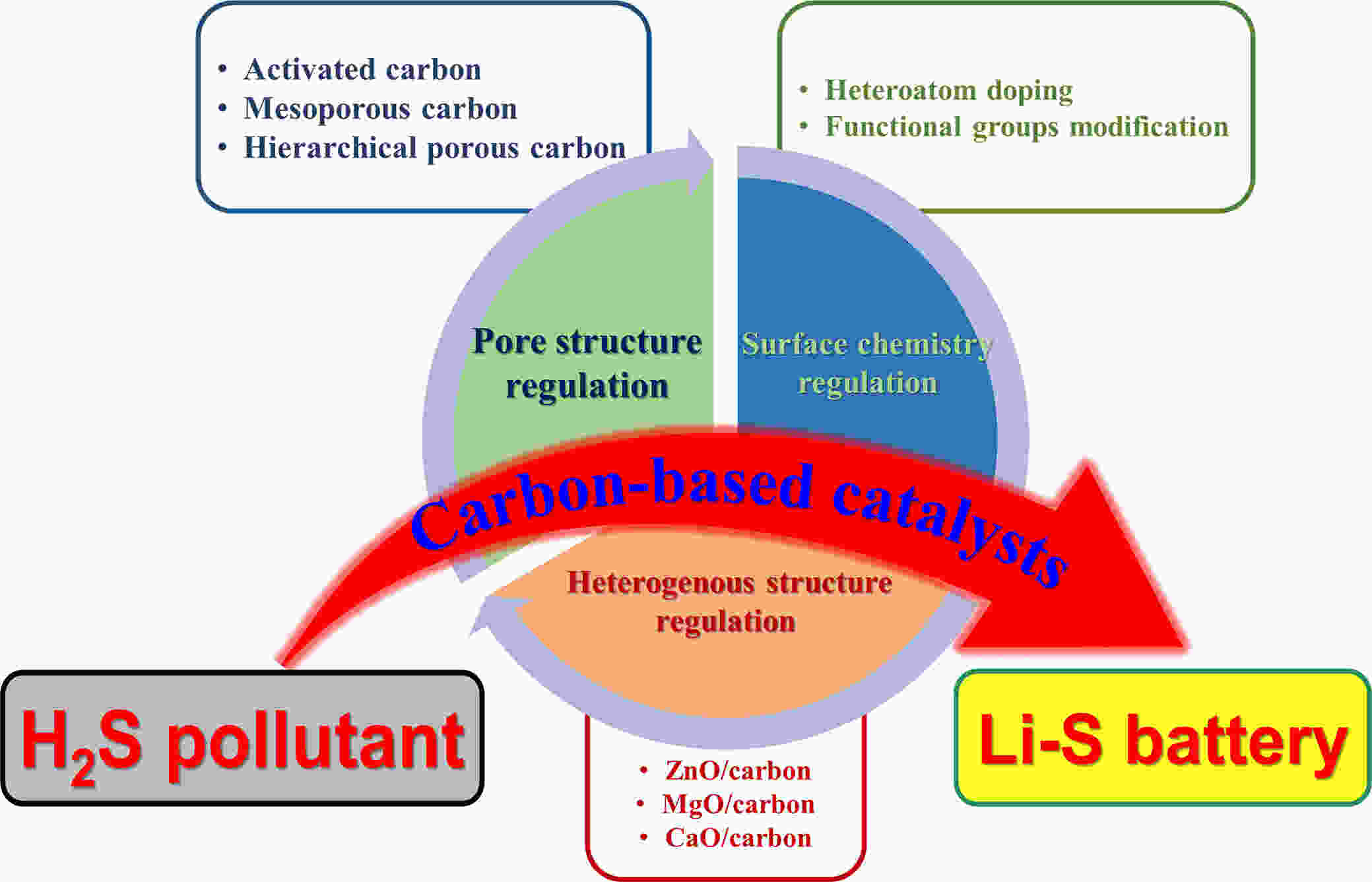
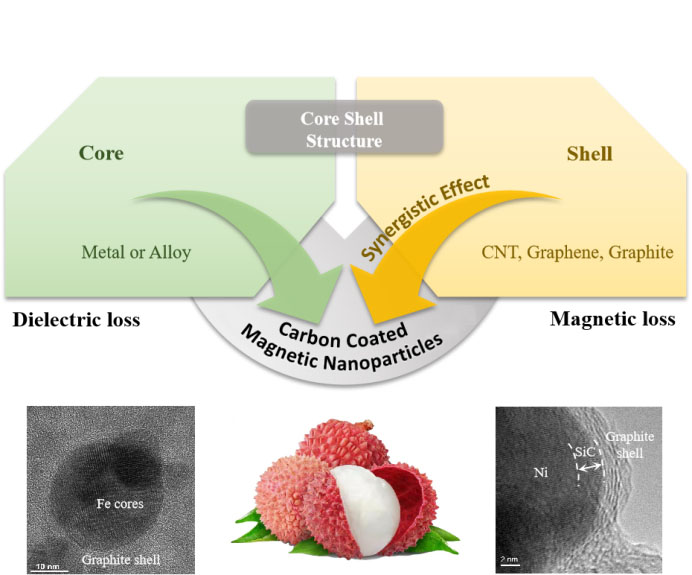
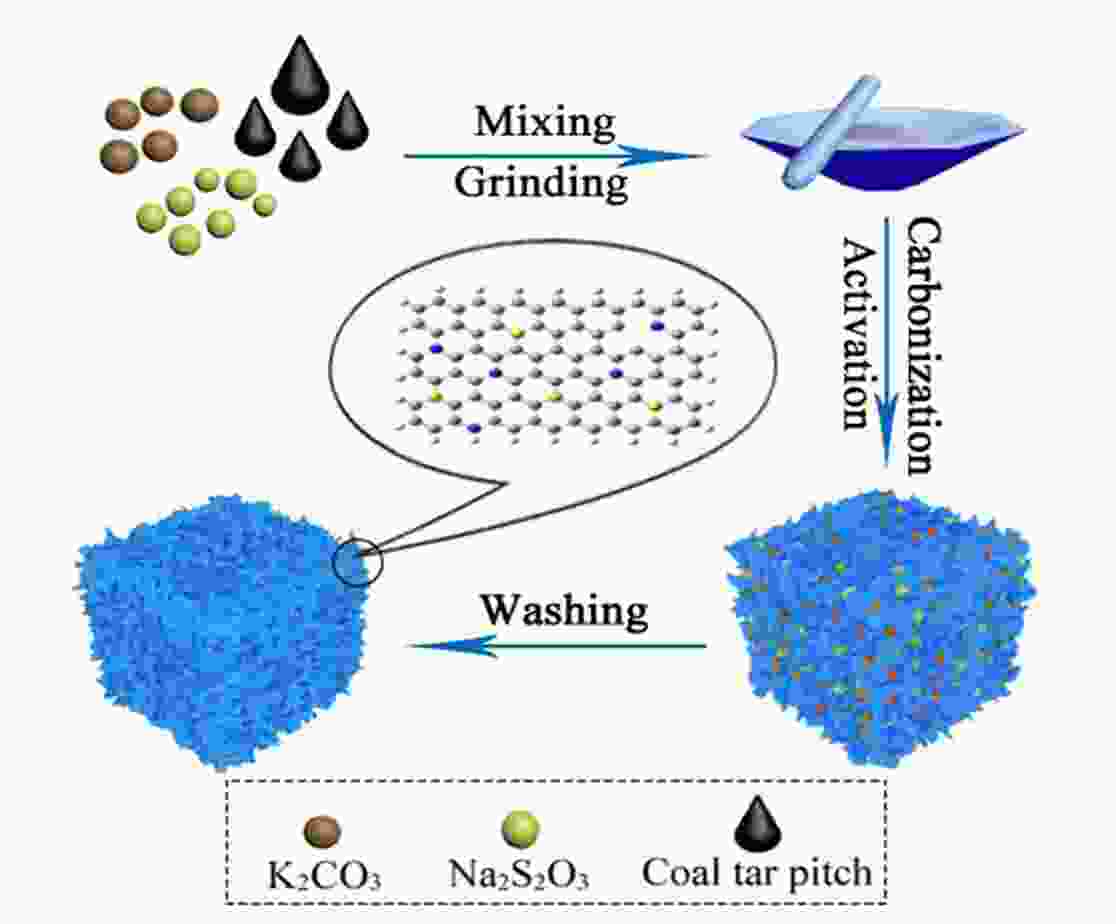

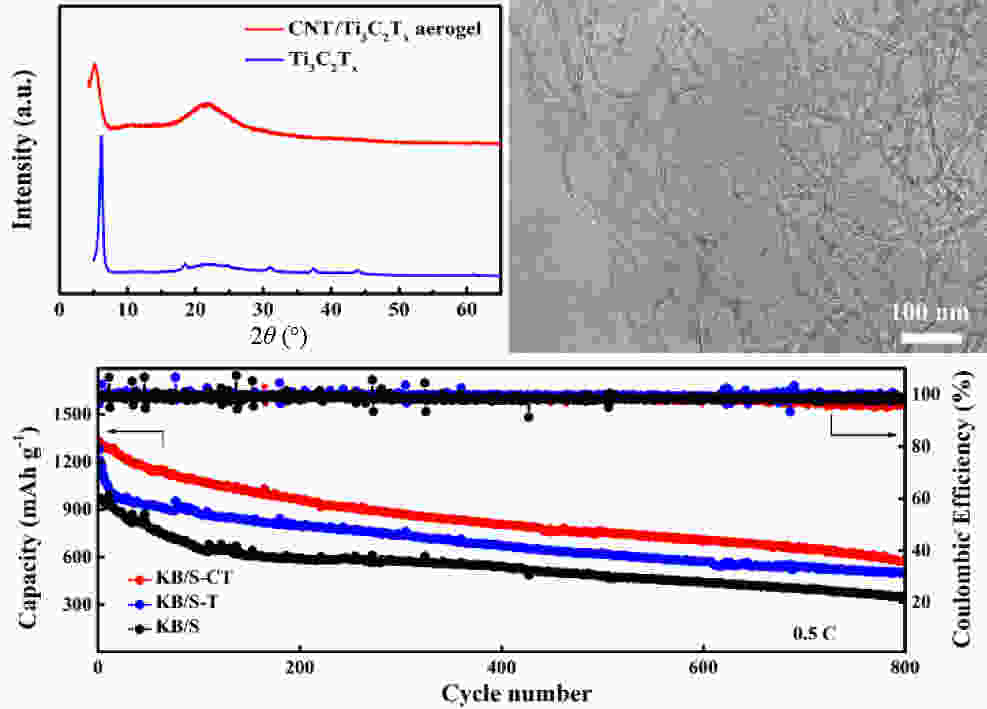


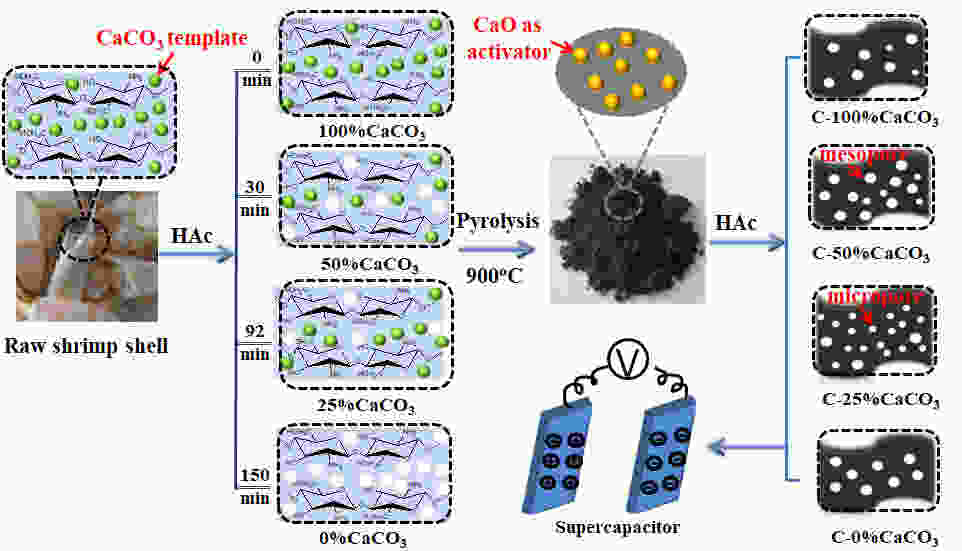
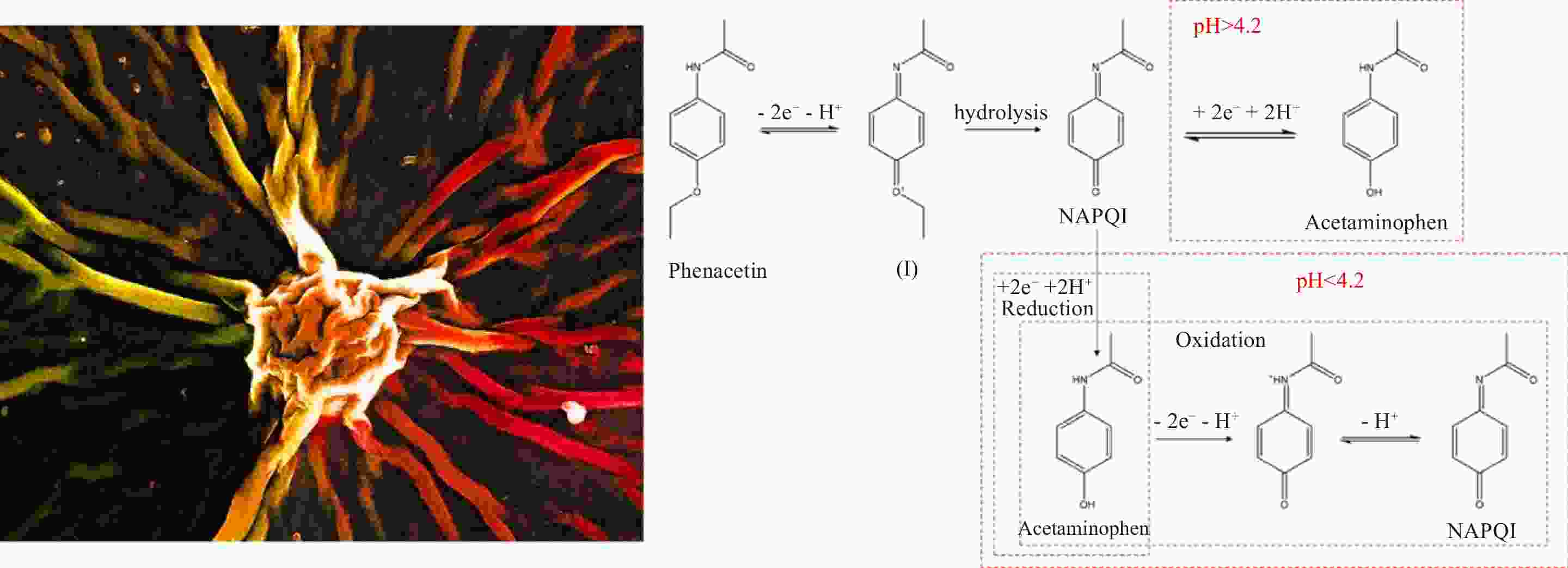
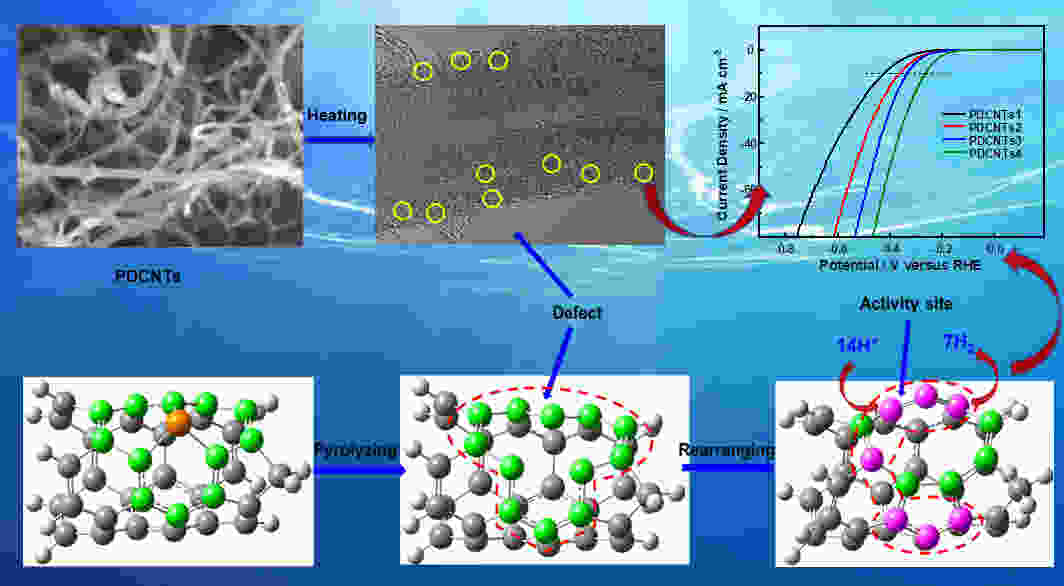
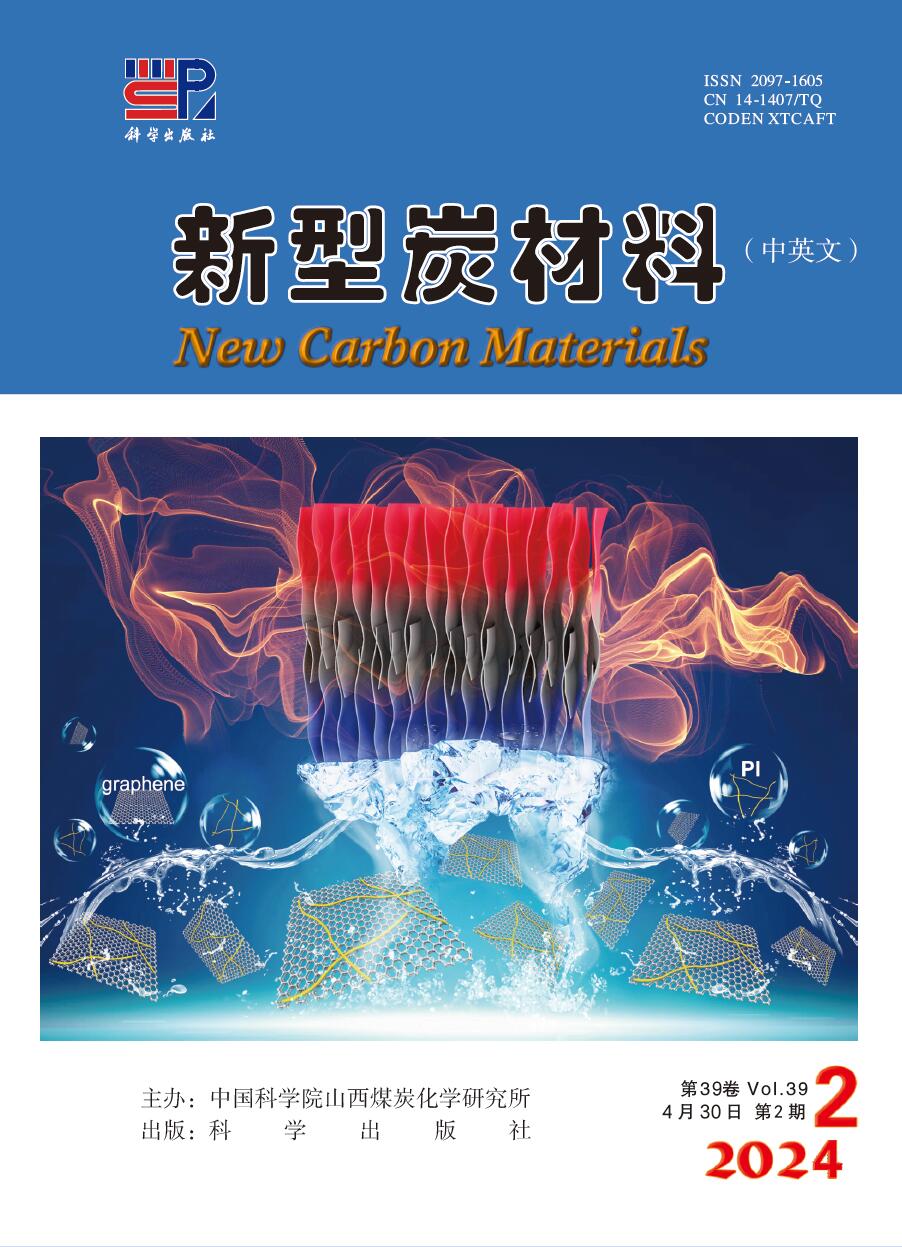

 Classified Collection
Classified Collection

 Email alert
Email alert RSS
RSS Download
Download Links
Links

